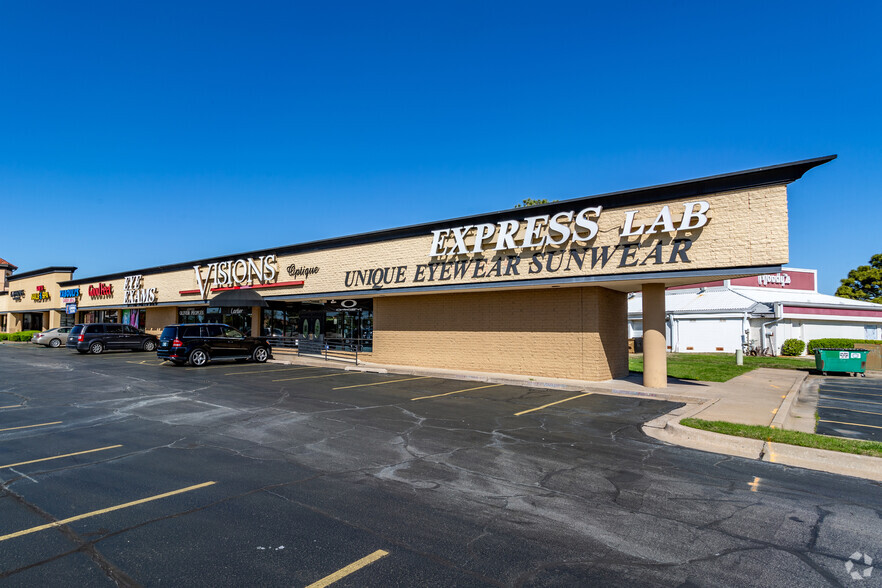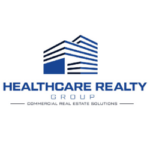When looking to purchase or lease commercial real estate for healthcare services, you may encounter an AIA or “As Is Agreement.” AIAs are commonly used in medical real estate deals to release the seller from liability for any defects or issues with the property being sold or leased. However, there are some important reasons why accepting a medical AIA as is comes with risks, and could necessitate negotiations or even walking away.
Ambiguous Terms About Building Conditions
A big red flag with medical real estate AIAs is vague language about the property’s specifications, systems, and structures. Without detailed disclosures, you could inherit expensive issues like inadequate HVAC, faulty electrical, or structural damage down the road. Insist on transparency from the seller about compliance with medical building codes, condition of plumbing, roofing, accessibility standards, and other healthcare facility must-haves. Don’t get saddled with major upgrades or repairs because the agreement lacked clear condition details.

Inadequate Protections for Your Medical Practice
Standard AIAs strongly favor sellers, which can jeopardize your practice’s operations and finances. Negotiate provisions like guarantees on utilities, options to exit if zoning changes, deferred maintenance accountability, restrictions on nearby development, and other clauses to protect your medical business from disruptions. Also, look for guarantees about building security, given the sensitive nature of healthcare.
Non-Compliance with Healthcare Regulations
Medical real estate agreements must comply with healthcare facility regulations and codes. Review the AIA for any terms that could jeopardize your licensing, accreditations, HIPAA compliance, Medicare eligibility, or infection control standards. Assess if the agreement sets you up for ADA or OSHA violations. Consult healthcare real estate attorneys and architects to identify any red flags.
Unfavorable Financial Terms
AIAs often reflect lower pricing since buyers take on more risk but evaluate whether it’s truly a fair deal. Thoroughly assess the expected costs of near-term upgrades like HVAC as well as future expenses like roof replacement. Compare costs for similar healthcare facilities to check if the seller is offloading unreasonable liabilities. Build in protections like seller guarantees on big-ticket systems most prone to issues.
Risk of Hidden Problems
To avoid getting stuck with expensive surprise repairs, insist on extensive inspections and due diligence before finalizing a medical AIA. If access before lease signing isn’t allowed, consider that a major red flag. At a minimum, secure rights to inspect the premises upon move-in and invoke penalties or terminate the lease if major undisclosed issues are found.
Remediation Needs
Sometimes AIAs make sense if the seller is offloading a property requiring environmental or hazardous material remediation, like asbestos removal. However, understand the full scope and costs involved. Require disclosures of past issues and inspection reports. Build in contingency plans and funds in case the problems are more extensive than anticipated.
Misalignment with Healthcare Standards
If inspections uncover issues like mold, lead, or other hazards that could endanger your staff and patients, rejecting or modifying the AIA may be necessary on ethical grounds. Also consider ADA accessibility barriers, patient privacy risks from outdated or insecure systems, and other factors that could conflict with healthcare facility standards or your practices.

Seeking Compromises
Rather than rejecting a medical AIA outright, first see if compromises addressing your concerns are possible, like:
- Excluding mission-critical systems from the AIA terms
- Securing temporary lease rates until major repairs completed
- Partial AIA coverage combined with express warranties on certain components
- Seller guarantees compliance with healthcare facility regulations
If the seller won’t address major red flags, walking away may be the safest option versus signing an AIA not in your practice’s best interests. Healthcare requires an abundance of caution.
In Closing
Medical real estate AIAs allow sellers to limit their liability but also transfer substantial risk and responsibility to healthcare tenants and buyers. Carefully assessing the agreement terms, requiring detailed disclosures, negotiating protections for your practice, and performing rigorous due diligence will help ensure you don’t end up with an AIA detrimental to providing excellent and compliant patient care. With the right approach, you can move forward with a medical real estate AIA that meets your needs.
Contact me today to assist with any medical real estate needs.






